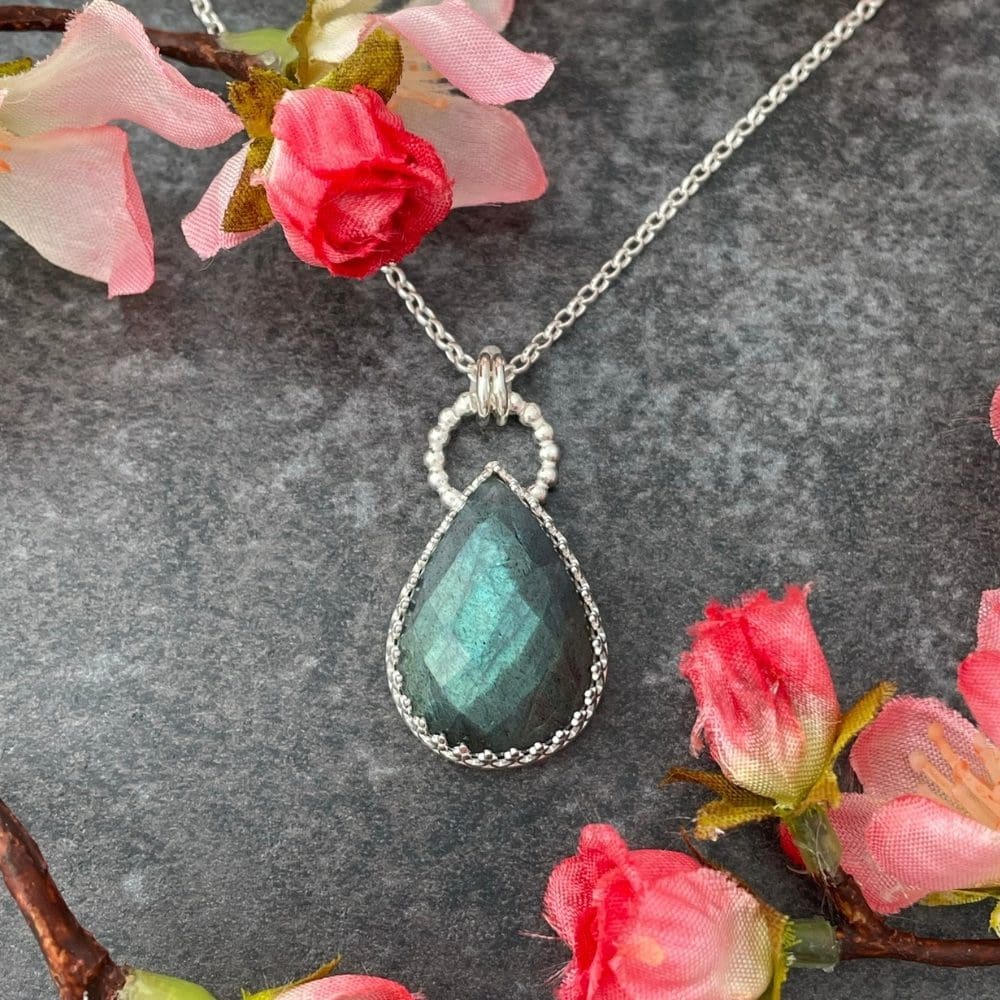
In my work I use a combination of sterling and fine silver; each medium has its own benefits for different jobs.
Sterling Silver
The traditional ways of working with sterling silver and other precious metals has been around for
thousands of years. Using tools such as hammers, saws and soldering components together.
You may have seen the stamp or hallmark ‘925’ on an item of silver; this is the symbol for sterling silver and the number comes from the amount of silver that is ‘in the mix’. Of 100 particles 92.5% are silver and the other 7.5% are a mix of copper and other alloys.
Silver Clay
Conversely silver clay has only been around since the mid 1990’s and there’s not a traditional tool in sight!
The clay is a fantastic material for capturing details and imprinting textures into silver. I also use the clay to individually mould elements of my designs such as my bees and roses.
The silver particles are bound together with an organic binder (the top secret ingredient!) that burns away when the clay is fired leaving silver which is 99% pure and known as fine silver.
Which do I prefer?
Whilst some jewellers stick to one way of making over another I like to use a combination of both traditional silver work and silver clay within my work and I choose my materials depending on the end result I want to achieve.
For my gemstone jewellery I handmake everything including the settings in sterling silver using traditional skills.
For some of my other items including my bees, shells and roses I use silver clay. However, most of these pieces have sterling silver components soldered to them for example; stud backs or jump rings for chains to pass through on pendants.
Both types of silver can be hallmarked and you can read more about this process in my Hallmarking in the UK blog
I hope this helps to explain some of the differences in these 2 silver mediums.
Do leave a comment or feel free to ask any questions you may have
Laura



